Patios can be tricky. What seems like a simple setup—some furniture, a few plants, maybe a grill—can end up feeling a little off without you realizing why. Maybe the layout doesn’t flow, maybe the furniture looks great but isn’t actually comfortable, or maybe the space just doesn’t feel as inviting as you’d hoped.
This guide calls out some of the most common missteps people make when putting a patio together—and more importantly, how to fix them. From small tweaks to bigger changes, these tips can help you get the most out of the space you already have, without starting from scratch.
Overcrowding the Space
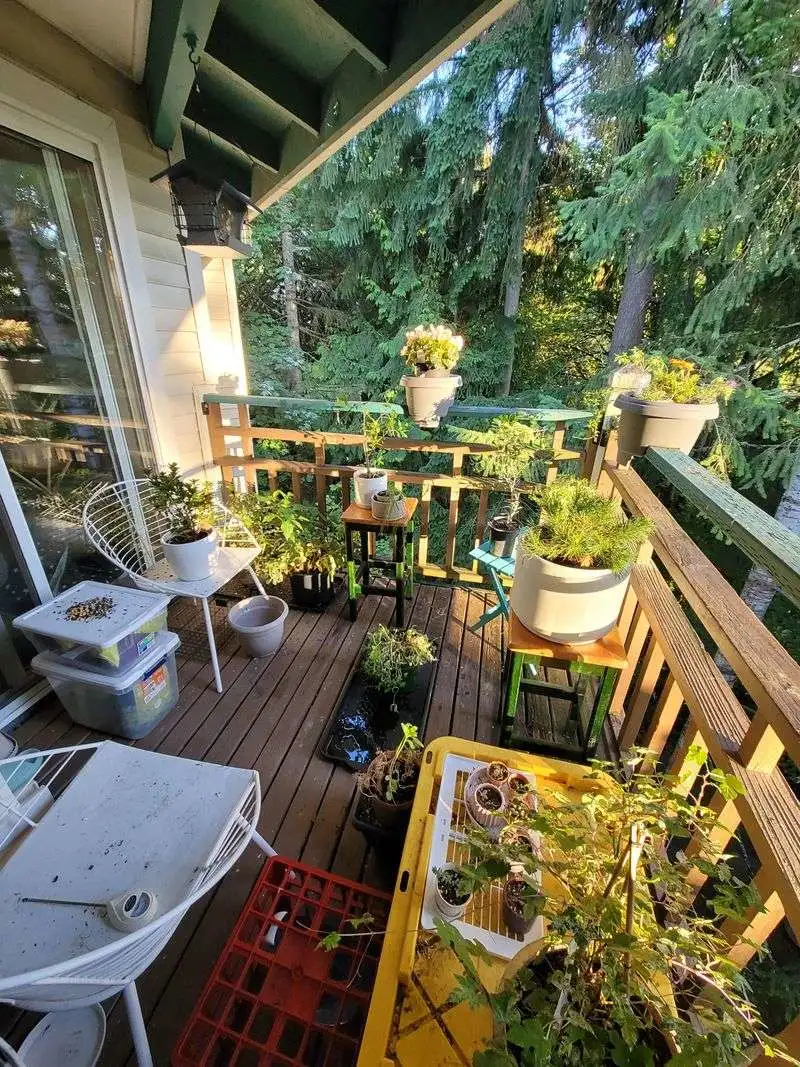
Many homeowners tend to fill their patios with too much furniture and decor, thinking it creates a cozy atmosphere. However, overcrowding can lead to a cramped and uncomfortable space.
To avoid this, prioritize functionality over quantity. Choose versatile pieces that serve multiple purposes.
Incorporate ample walking areas to ensure easy movement. Remember, less is often more when it comes to patio design.
Ignoring the Climate

Some patio designs fail to consider local weather conditions, leading to impractical spaces. Furniture that isn’t weather-resistant can quickly deteriorate.
Select materials that withstand your area’s climate, like metal for humid regions or wood for drier climates.
Consider adding elements such as a fire pit or canopy for year-round enjoyment. By aligning your design with the climate, you’ll ensure longevity and comfort.
Neglecting Lighting
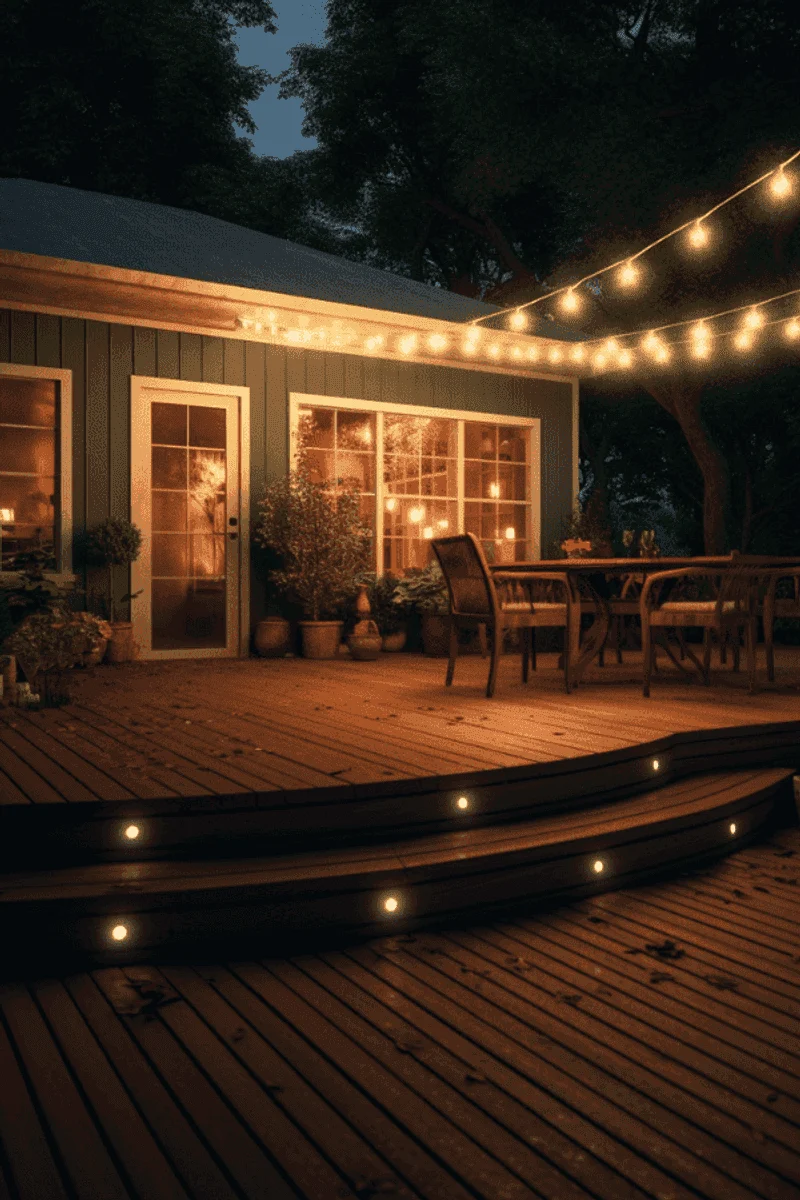
A well-lit patio can extend your outdoor enjoyment into the evening. Yet, lighting is often an afterthought in patio design.
Incorporate a mix of lighting options, including ambient, task, and accent lighting. Solar-powered lights can be eco-friendly and cost-effective.
Proper lighting enhances safety and ambiance, transforming your patio into a welcoming nighttime retreat.
Choosing the Wrong Furniture
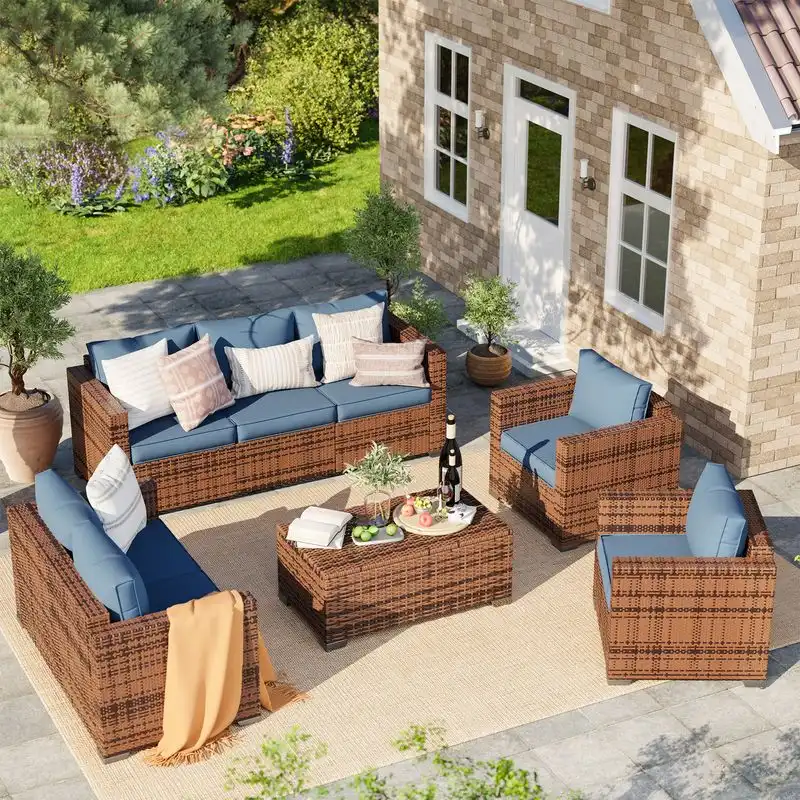
Selecting furniture that doesn’t suit the patio’s scale or style is a common mistake. Oversized pieces can overwhelm a small area, while undersized ones may seem lost in larger spaces.
Choose furniture that complements the patio’s dimensions and design theme. Prioritize comfort and durability.
Opt for pieces that encourage relaxation and conversation, enhancing the overall patio experience.
Forgetting Shade Solutions
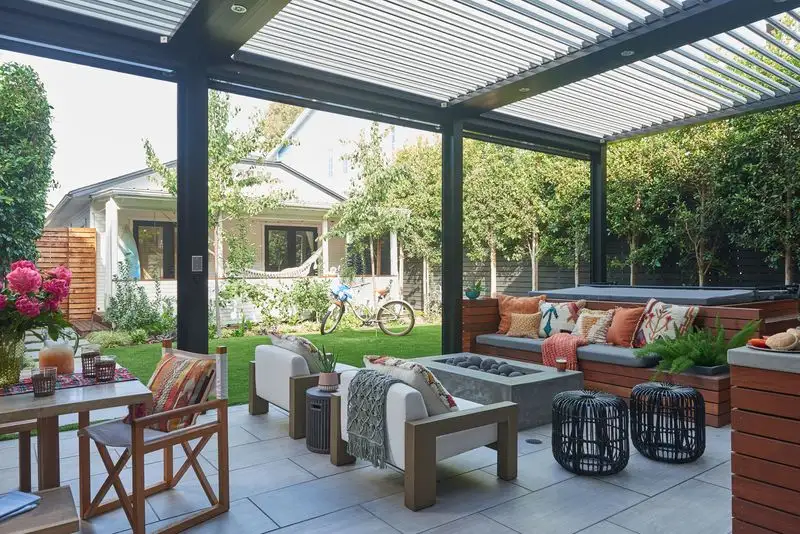
Without adequate shade, a patio can become unbearably hot during sunny days. Many overlook this critical aspect, reducing the patio’s usability.
Implement shade solutions like umbrellas, pergolas, or retractable awnings. Choose flexible options that can adapt to changing sun patterns.
By providing shade, you’ll create a more comfortable and inviting outdoor space.
Overlooking Maintenance Needs
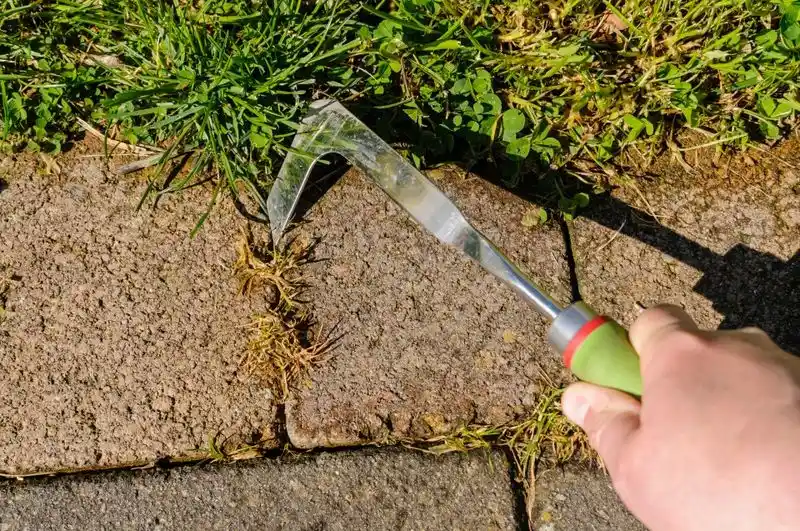
Maintenance is often neglected in patio planning, leading to deterioration over time. Regular upkeep ensures your patio remains inviting and functional.
Select low-maintenance materials and finishes to minimize effort. Plan for regular cleaning and seasonal care, such as sealing wood or rearranging furniture.
A well-maintained patio not only looks better but also lasts longer, offering continued enjoyment.
Poor Drainage Solutions
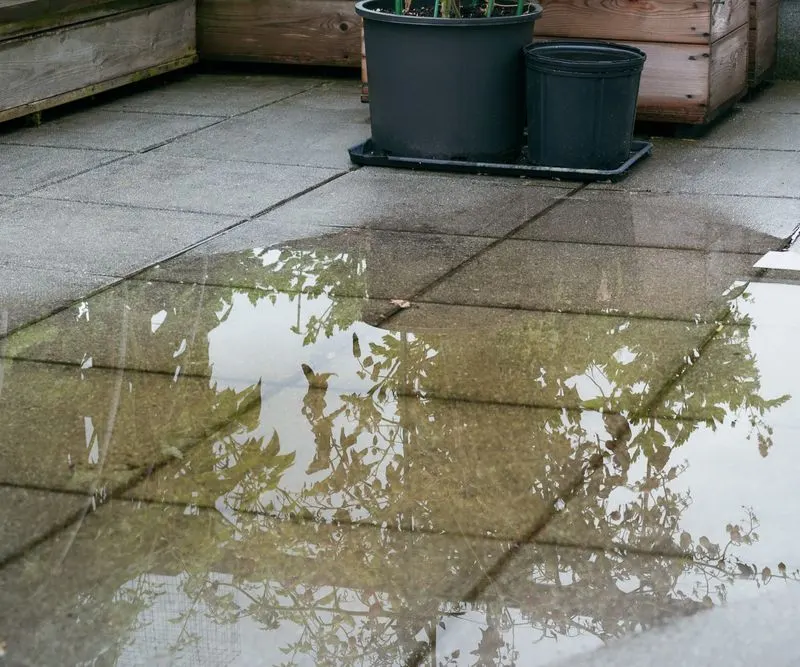
Inadequate drainage can lead to water pooling, causing damage and safety hazards. This mistake is often overlooked in patio design.
Ensure proper slope and drainage systems are in place to direct water away. Consider permeable pavers that allow water absorption.
Effective drainage not only protects your patio but also enhances its usability in all weather conditions.
Mismatched Design Elements
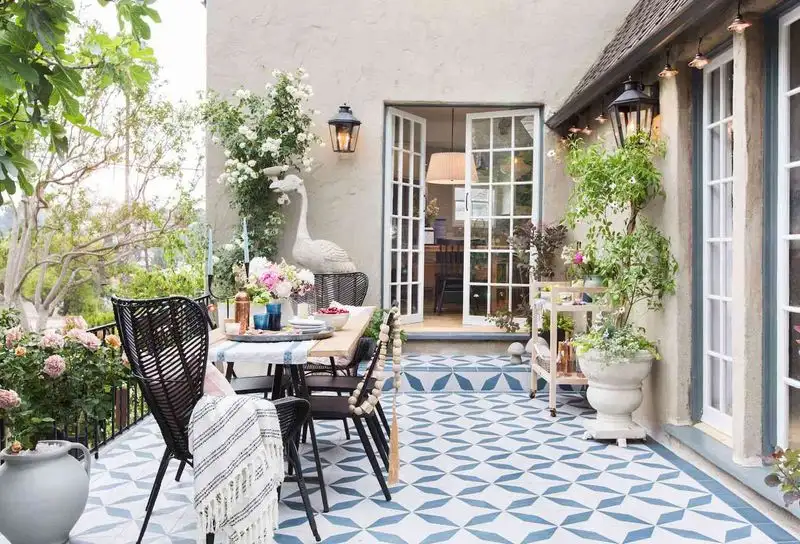
A cohesive design is key to a pleasant patio environment, yet many mix incompatible styles. This can result in a chaotic and unattractive space.
Choose a consistent theme or color palette that blends with your home’s exterior. Cohesion in design elements fosters harmony and balance.
A thoughtfully coordinated patio enhances visual appeal and creates a serene outdoor retreat.
Ignoring Privacy Needs
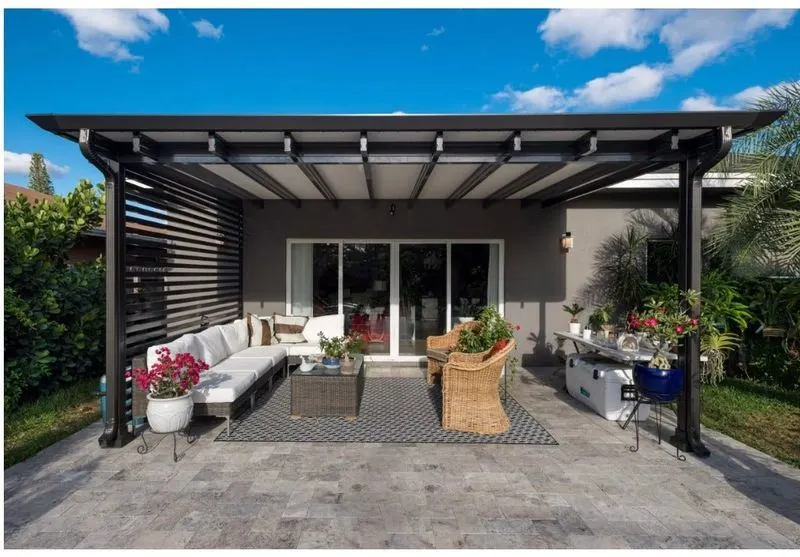
Privacy is crucial for an enjoyable patio experience, but it’s often forgotten in design plans. An exposed patio can feel uncomfortable and unwelcoming.
Incorporate privacy screens, hedges, or curtains to create a secluded atmosphere. Consider the layout of plants and furniture to enhance privacy naturally.
By addressing privacy, you’ll cultivate a more intimate and enjoyable space.
Lacking a Focal Point
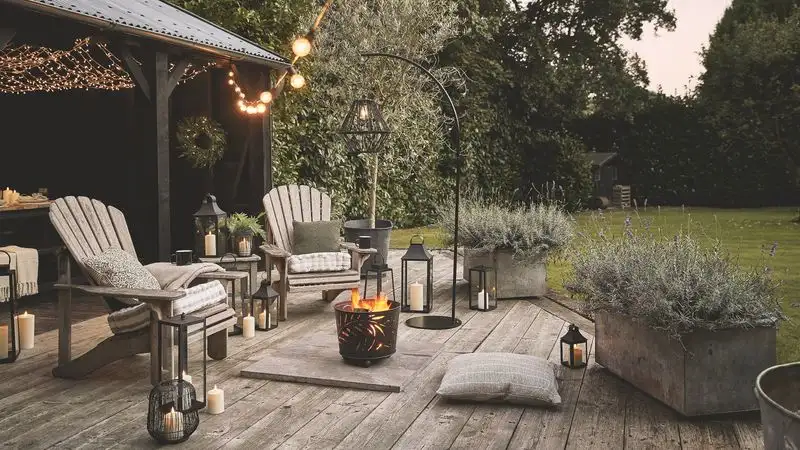
A patio without a focal point can feel disorganized and uninviting. A well-chosen centerpiece ties the design together and draws interest.
Consider adding a fire pit, water feature, or statement furniture as a central element. Ensure it’s visible and accessible from various angles.
A strong focal point enhances the patio’s aesthetic and provides a gathering spot for social interactions.
Avoiding Bold Colors
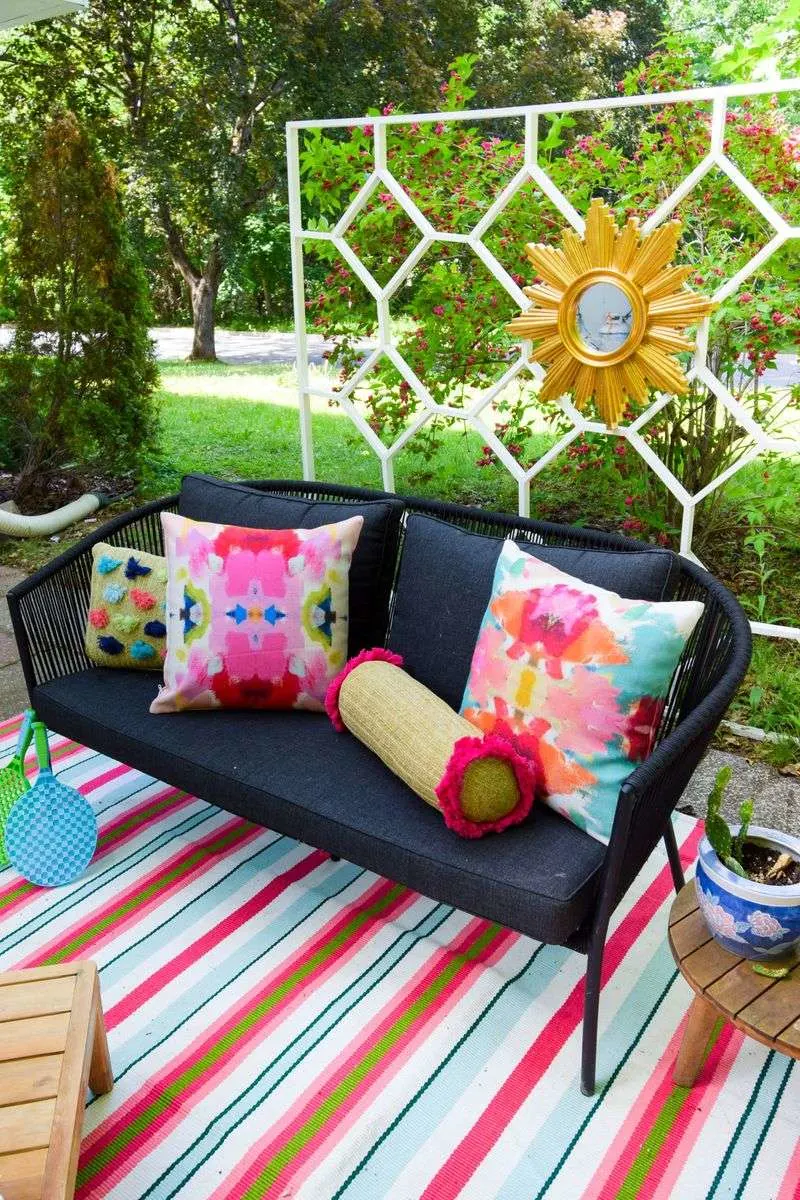
Shying away from bold colors leads to dull and uninspired patio designs. Many stick to neutral tones, missing the opportunity to inject energy and personality.
Incorporate bold accents through cushions, planters, or rugs. Balance vibrant hues with neutral backgrounds for a striking effect.
Colorful elements can invigorate your patio space, making it lively and engaging.
Inadequate Seating Arrangements

Failing to plan seating arrangements can lead to awkward social interactions. A well-thought-out layout enhances comfort and facilitates conversation.
Arrange seating to encourage interaction, using modular furniture for flexibility. Consider the flow of movement and access to amenities.
Thoughtful seating arrangements ensure your patio is welcoming and functional for gatherings.
Neglecting Greenery
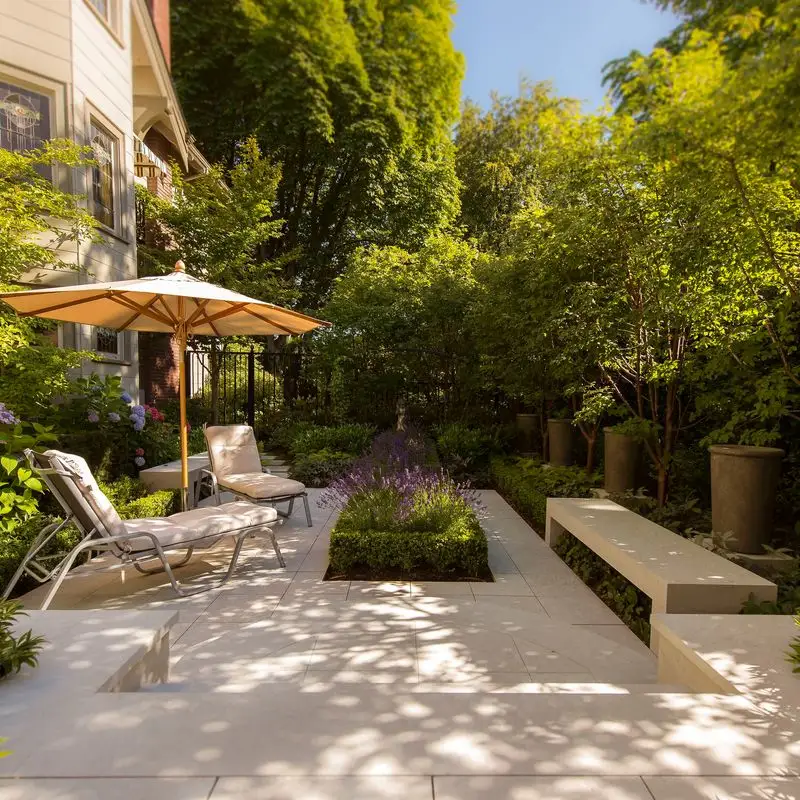
A lack of greenery can make patios feel lifeless and uninviting. Plants bring vibrancy and a connection to nature, enhancing the outdoor experience.
Incorporate a variety of plants suited to your climate and maintenance level. Use planters, vertical gardens, or ground cover creatively.
Greenery adds texture and color, transforming your patio into a lush oasis.
Improper Scale and Proportion

Misjudging scale and proportion can disrupt a patio’s visual balance. Oversized elements may overwhelm, while tiny pieces get lost.
Ensure furniture and decor are appropriately scaled to the patio’s size. Use measurements to guide purchases and arrangements.
Proper proportion creates a harmonious and aesthetically pleasing environment.
Disregarding Seasonal Changes
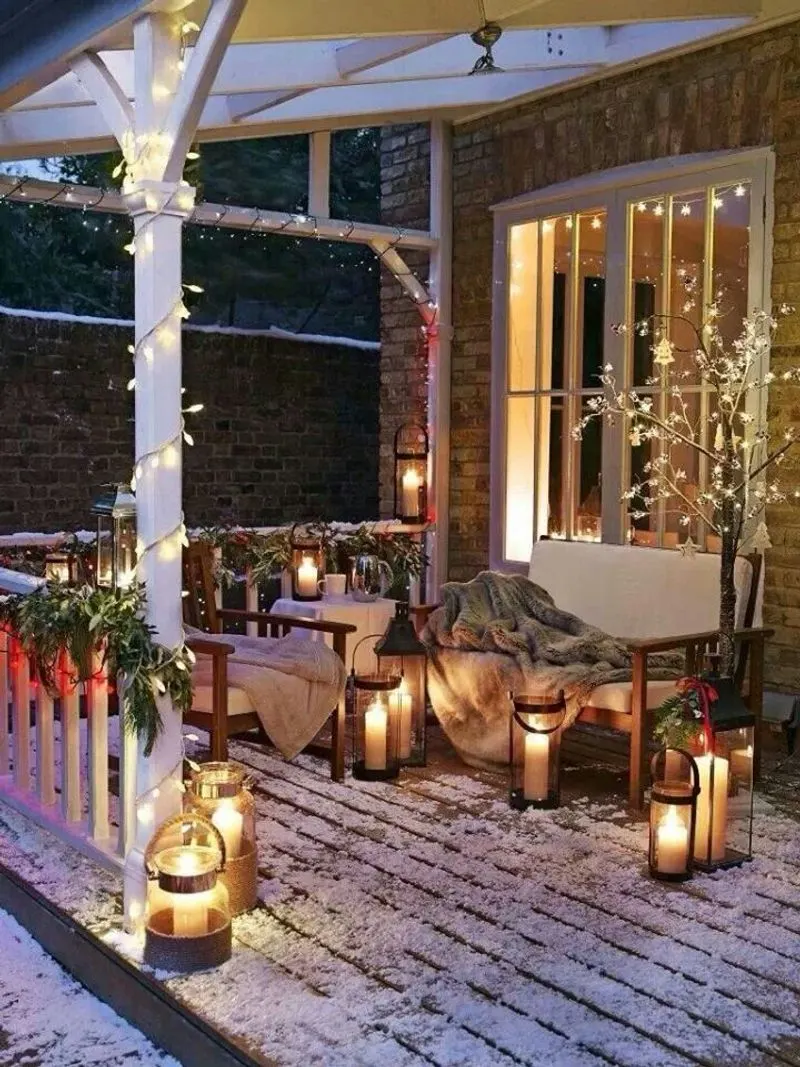
Many patios lack adaptability to seasonal shifts, limiting their use. Seasonal decor and features can greatly enhance enjoyment.
Add elements like removable cushions, seasonal plants, or versatile lighting. Plan for easy transitions between different times of the year.
Embracing seasonal changes keeps your patio inviting and relevant year-round.
Failing to Integrate Technology

Modern patios can greatly benefit from technological integration. Many miss out on the convenience and entertainment options tech provides.
Consider installing outdoor speakers, smart lighting, or a weatherproof television. Integrate these elements seamlessly into the design.
Technology enhances your patio’s functionality and elevates the outdoor living experience.
Inconsistent Material Use
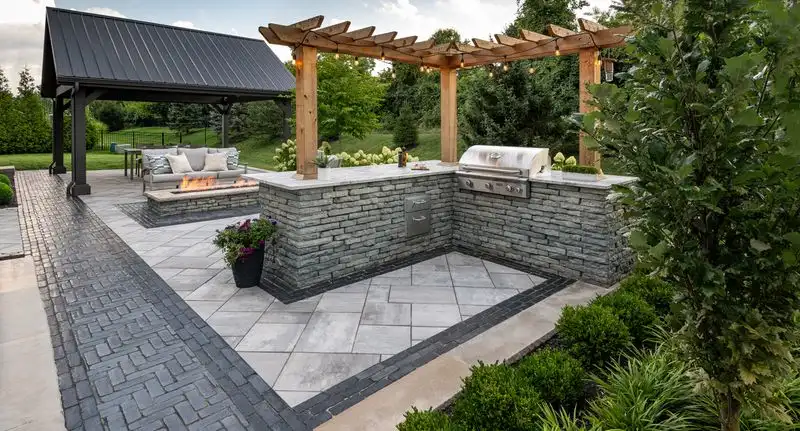
Using inconsistent materials can lead to a disjointed patio design. Harmony in material choice is crucial for a cohesive look.
Select materials that complement each other and fit the overall aesthetic. Consistent finishes and textures unify the space.
A harmonious material palette ensures a polished and appealing patio.
Overemphasis on Hardscape
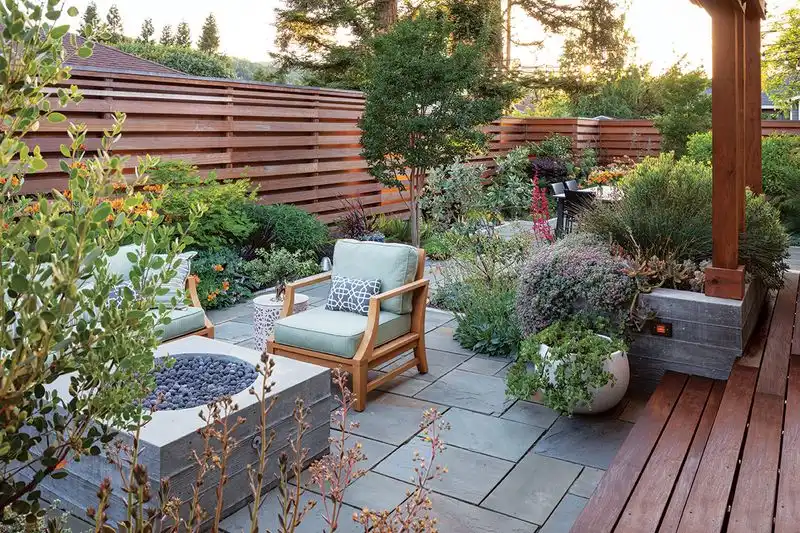
Hardscapes provide structure, but an overemphasis can make patios feel harsh. Balancing with soft elements adds comfort and warmth.
Incorporate textiles, plants, and wood to soften the hardscape. Use cushions and outdoor rugs for added comfort.
Balancing hard and soft elements creates an inviting and pleasant patio environment.
Not Personalizing the Space
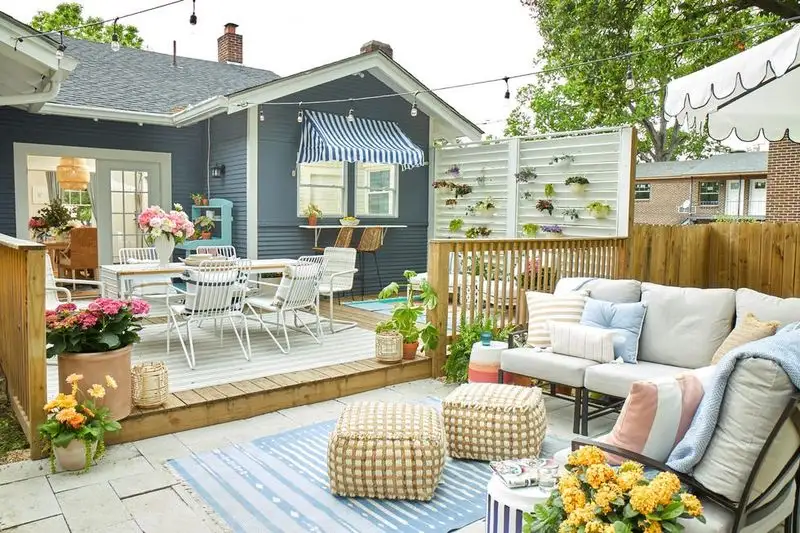
Personalization is key to making a patio your own sanctuary. Many settle for generic designs, missing the chance to reflect personal taste.
Add personalized touches like family heirlooms, unique art, or custom furniture. Design the space to reflect your lifestyle and preferences.
A personalized patio feels more welcoming and truly yours.
Underutilizing Vertical Space
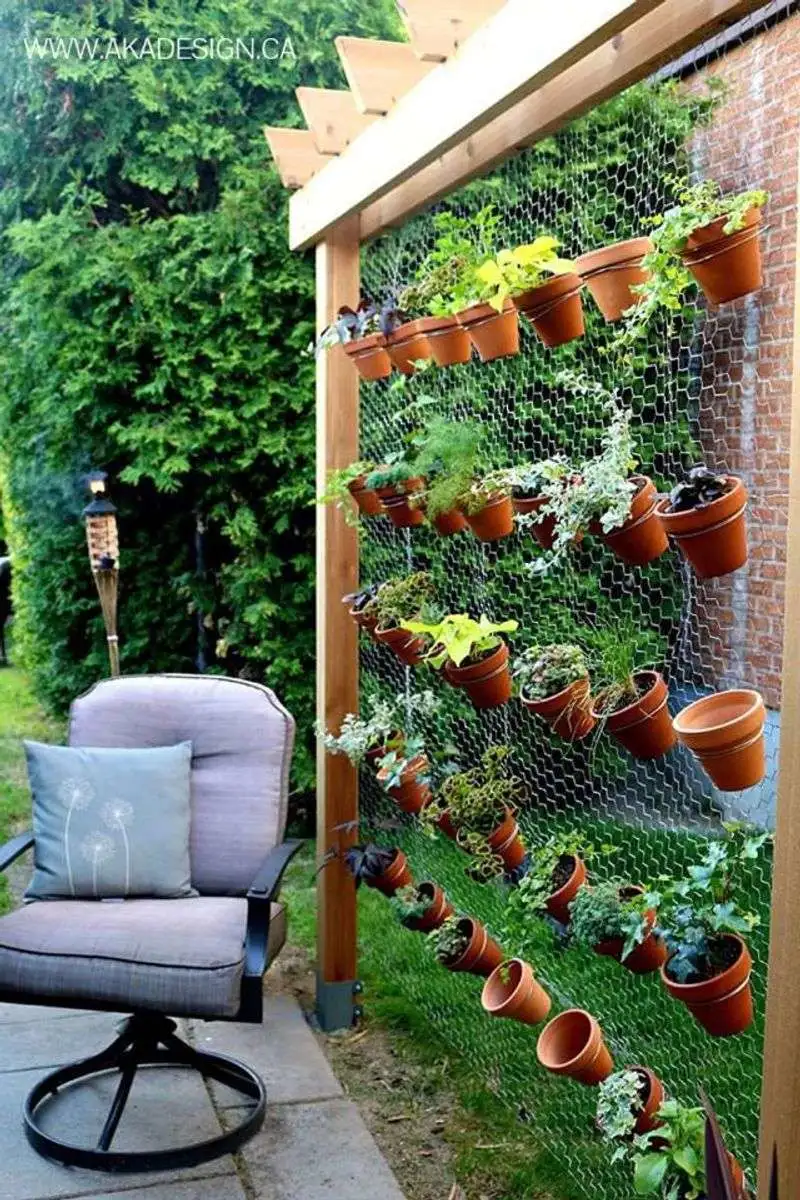
Vertical spaces are often overlooked, leaving patios underutilized. Enhancing height can add dimension and interest.
Use vertical gardens, hanging planters, or wall art to maximize space. Consider tiered shelving or trellises for added effect.
By utilizing vertical space, you enhance the patio’s functionality and aesthetic appeal.

